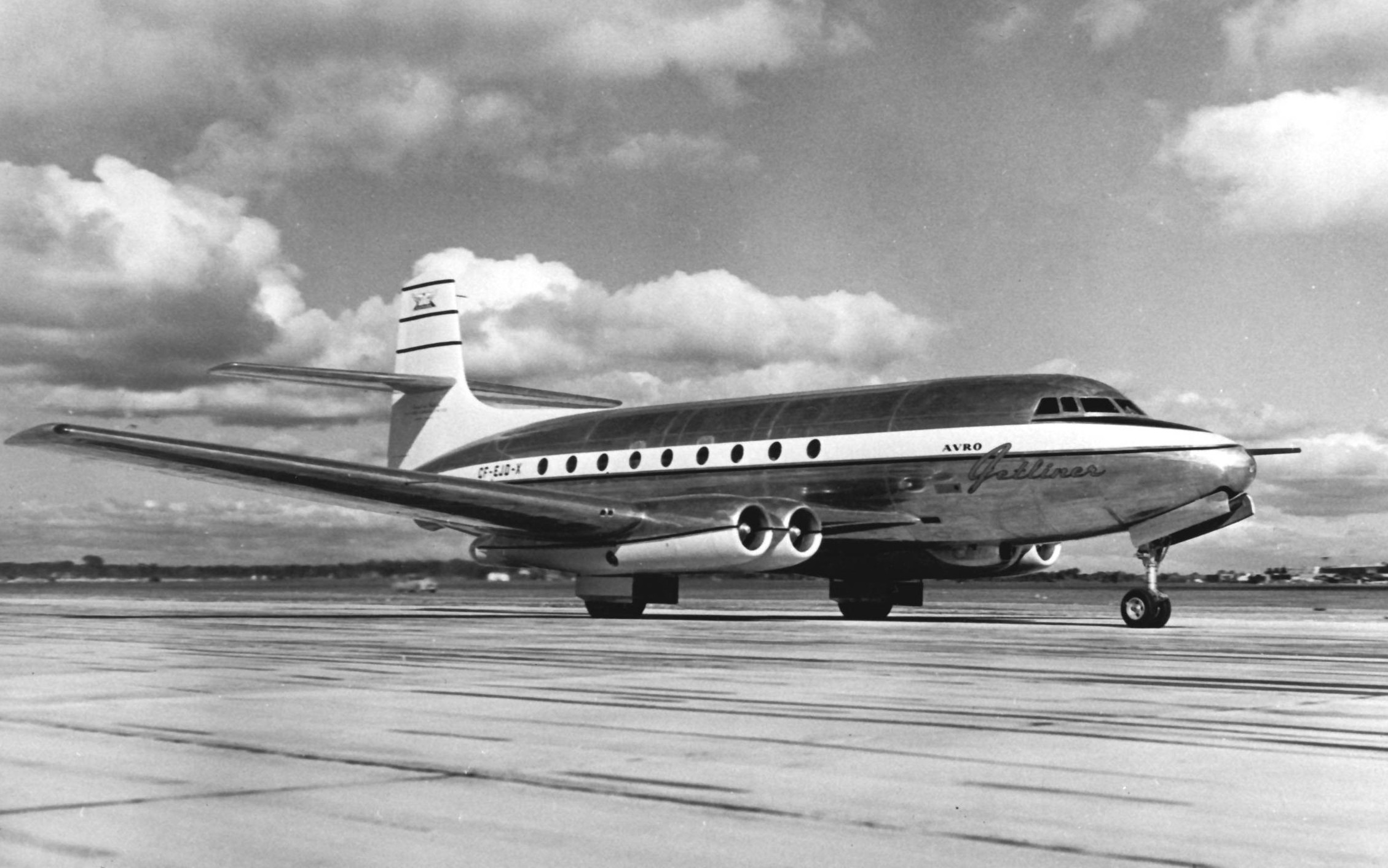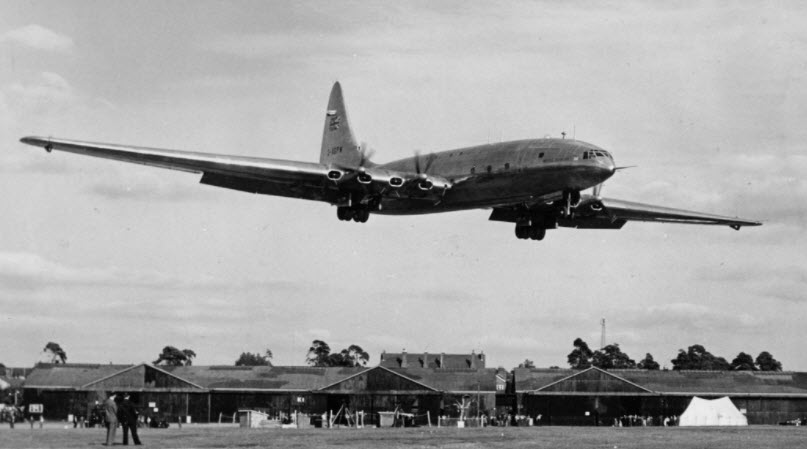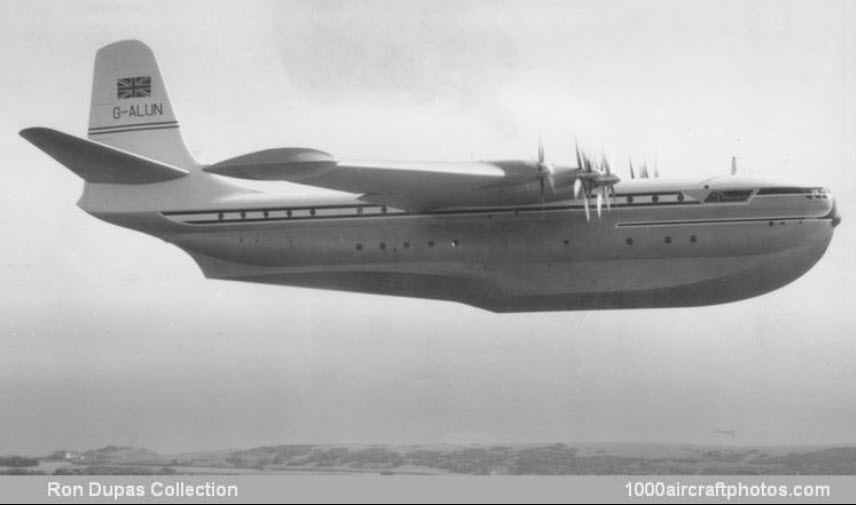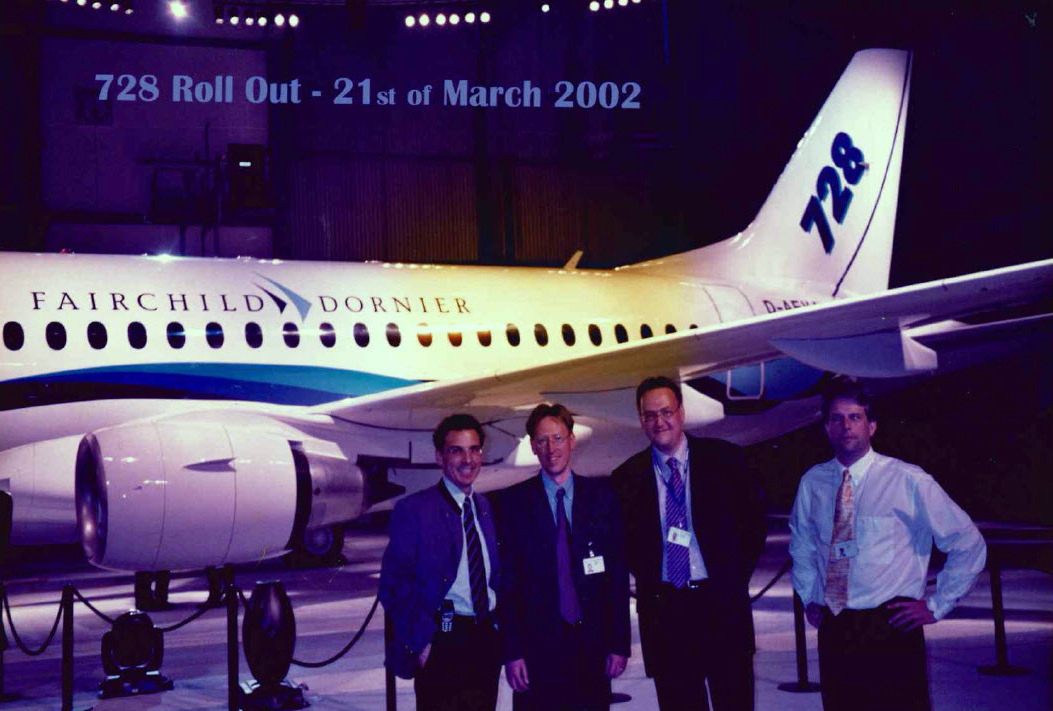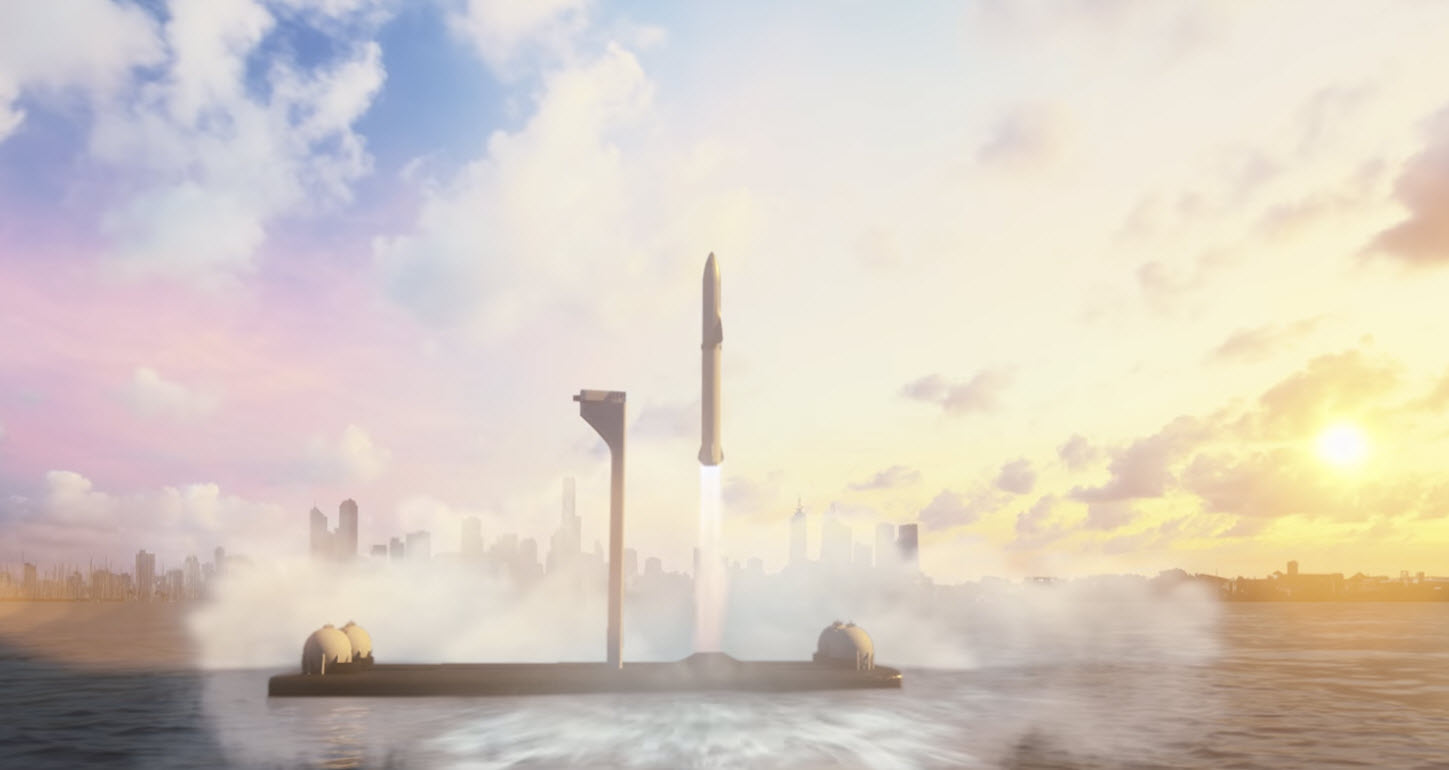Written for CNN Travel
Aircraft manufacturers have produced some magnificent planes throughout aviation’s history, and while many have ruled the skies, some have barely left the ground.
In fact, there have been a number of fascinating aviation projects that were canceled for political, financial and technical reasons. On some occasions, designers just came up against the inexorable march of technological advancement, having built the wrong plane for the times.
Going back almost 70 years, here are four prototypes that could have been remarkable rides and one future concept that may change the face of long-distance travel entirely.
1. Avro Canada Jetliner (1949)
The first jet-powered passenger plane to fly in North America wasn’t a Boeing from Seattle, or a Douglas Aircraft Company jet from Long Beach.
It was the Avro Canada C-102 Jetliner, from Toronto’s Malton Airport, in August 1949, and it could have given Canada’s aviation industry a long head start in the race to bring jet travel to airline passengers.
The Jetliner was developed by Avro Canada for Trans-Canada Air Lines (TCA), and had a top speed of 500 mph (800 kph), carrying about 50 passengers for 400- to 500-mile flights.
However, TCA lost interest in the Jetliner when the airline’s analysis showed that the production version of the plane wouldn’t meet its operational requirements.
During its flight test program, the Jetliner flew for more than 400 hours, including a flight carrying the world’s first jet airmail from Toronto to New York, in April 1950.
Reclusive aviator Howard Hughes also showed interest in the plane, hoping to add the jet to the fleet at his airline, Trans World Airlines (TWA). Avro Canada flew the Jetliner to Culver City, California, where Hughes flew the C-102. But in the early 1950s, Avro Canada was focused on military aircraft, and the Jetliner program languished.
The prototype was eventually broken up at the end of 1956. Only the plane’s cockpit section was saved, now part of the Canada Aviation and Space Museum’s collection in Ottawa.
“The Jetliner was ahead of its time, but the design was compromised when Avro Canada couldn’t get the original engines it desired,” Ken Swartz, a noted Toronto-based aviation historian, tells CNN Travel.
2. Bristol Brabazon (1949)
The curvaceous Bristol Brabazon was a plane that nobody wanted, designed by a British committee for an outdated era.
The Brabazon was a monster, over 175 feet long (54 meters) with a 230 foot (70 meter) wingspan. It was powered — or more accurately, underpowered — by eight huge piston engines that were embedded in the wings, driving eight propellers.
With a double-deck fuselage that rivaled the size of today’s 500-plus passenger Airbus A380 megajet, the Brabazon was designed to carry just 100 passengers in luxurious style, with private cabins, a bar, and even a movie theater.
When the prototype first flew in September 1949, it was already clear that airlines didn’t want airborne ocean liners, but needed efficient, profitable aircraft.
The Brabazon didn’t get a single airline order, and the program was canceled in 1953. The prototype was scrapped, along with an uncompleted, turboprop-powered Mark II airframe.
Bristol would go on to produce the successful Britannia turboprop airliner, which saw service with carriers including BOAC and Canadian Pacific Air Lines.
3. Saunders-Roe Princess (1952)
The Saunders-Roe SR.45 Princess was the world’s largest all-metal flying boat, developed long before jet passenger planes ruled the skies.
This British creation was the ultimate in seaborne planes, following on the legacy of the iconic Pan American World Airways Boeing Clippers.
With a wingspan rivaling an A350’s, the Princess first flew in August 1952. Powered by ten turboprop engines, its passengers would have flown in luxurious, pressurized comfort.
But the Princess would never welcome airline passengers into its double-deck cabin.
The plane’s only customer, the British Overseas Airways Corporation (BOAC), had intended to fly the Princess on its prestigious London to New York route.
However, by the time the prototype first took to the air, BOAC had already decided that the Age of the Flying Boat was soon to be replaced by the Jet Age, and withdrew its support of the Princess.
The Princess program was eventually canceled by the UK government, and the sole flying prototype and two mid-construction airframes were scrapped.
4. Fairchild Dornier 728JET (2002)
When the prototype Fairchild Dornier 728JET was rolled out in March 2002, the 70-seat regional jet had more than 100 firm orders.
The first flight of the 728JET was planned for the summer of 2002, but its US-German manufacturer Fairchild Dornier GmbH filed for insolvency just two weeks after the first test aircraft was debuted.
Given the uncertainty of the program, the plane’s major customers canceled orders, and although a new company was formed to take the 728JET into production, that effort failed.
The 728JET had been the lead design for a family of aircraft with greater range and passenger capacity, along with a corporate jet version.
It would likely have been competitive with Embraer’s and Bombardier’s regional airliner if things had gone differently.
5. SpaceX BFR
Elon Musk and his team at SpaceX certainly think big.
With a string of successful launches and landings of its reusable Falcon 9 rocket booster, SpaceX is revolutionizing the space launch sector. Last year, SpaceX announced its plan to create an Interplanetary Transport System (ITS), with the ambitious goal of enabling human colonization of Mars.
The cornerstone technology was an immense launch vehicle that could carry as much as 600 tons into Earth’s orbit — about four times the payload of a wide-body cargo jet.
In September, Musk revealed an updated, smaller-but-still-massive ITS design, dubbed the BFR — Big Falcon Rocket — by SpaceX insiders.
Although the BFR currently only lives as a computer design and in a compelling animation, it could bring a disruptive change to long-distance travel on Earth.
Passengers could be whisked from New York to Shanghai in 39 minutes, London to Dubai in 29 minutes and Los Angeles to Johannesburg in 50 minutes.
With most long-distance trips under 30 minutes, “the BFR will be capable of taking people from any city to any other city on Earth in under one hour,” promises SpaceX.
Now wouldn’t that be a ride to remember?
